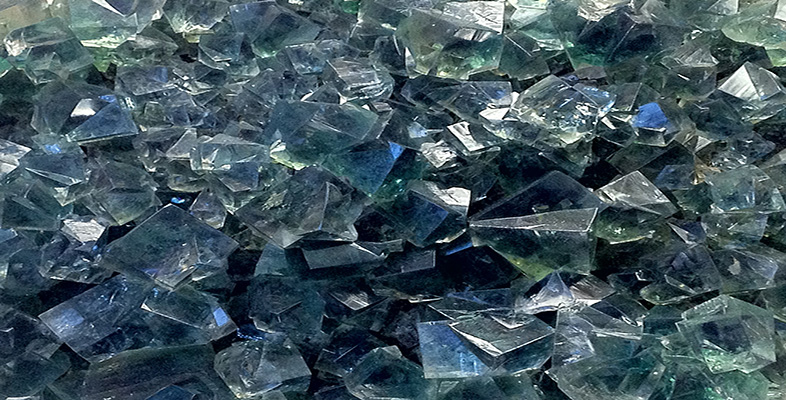1.3.5 Density
Density is a measure of how heavy an object is for a given volume. You can get a general idea of the relative densities of different minerals just by picking them up: a piece of galena feels heavier than a piece of quartz of the same size. The density of a mineral depends on its chemical composition, the type of bonding and its crystal structure. The standard unit of density is kg m−3. Examples of the relative densities of various minerals compared with water at room temperature (about 1000 kg m−3) are shown in Table 1. The relationship between density and crystal structure is explored further in Section 1.4.
| Mineral | Symbol/formula | Relative density at room conditions (compared with water = 1.0) |
|---|---|---|
| graphite | C | 2.2 |
| quartz | SiO2 | 2.7 |
| diamond | C | 3.5 |
| barite | BaSO4 | 4.5 |
| galena | PbS | 7.6 |
| silver | Ag | 10.5 |
| gold | Au | 19.3 |
